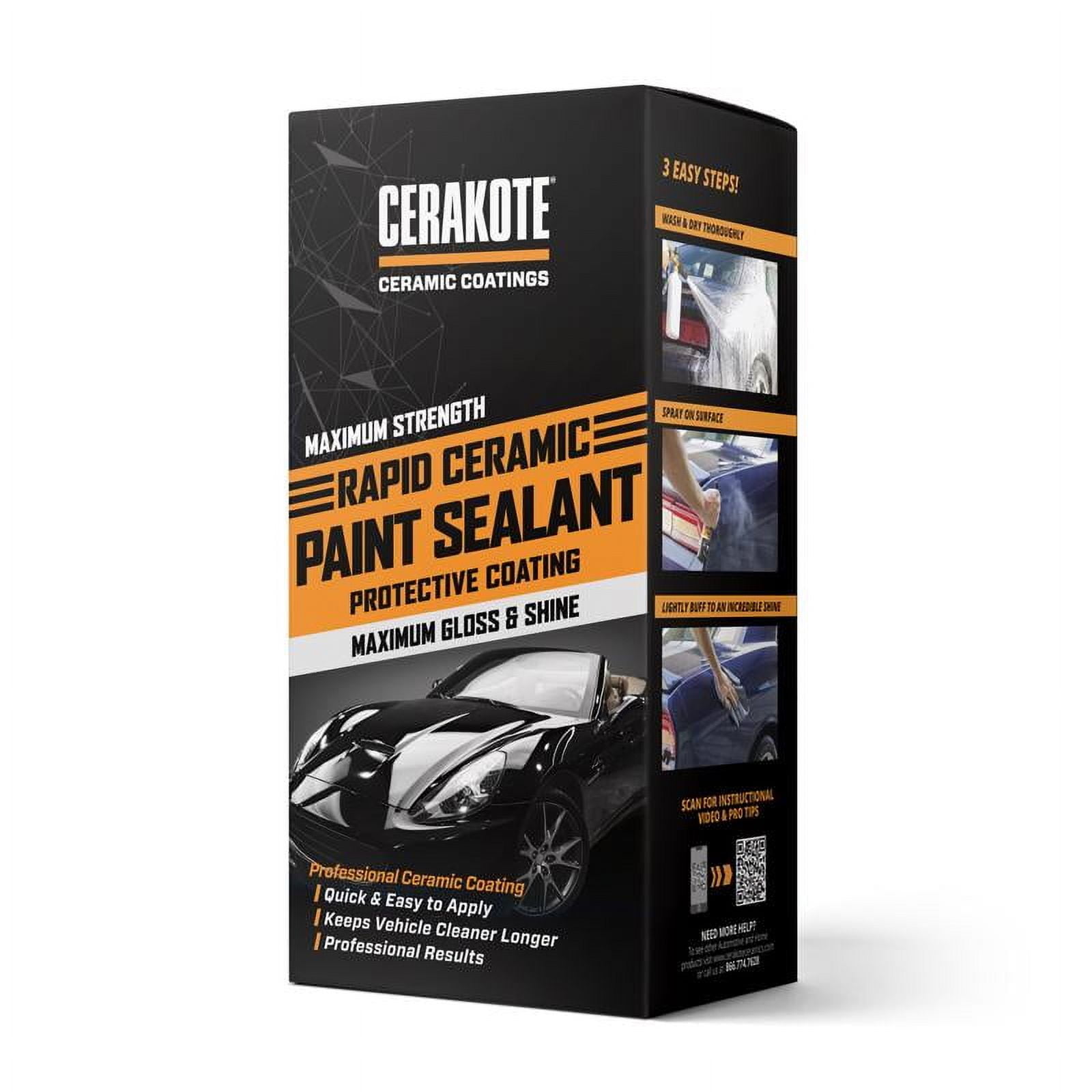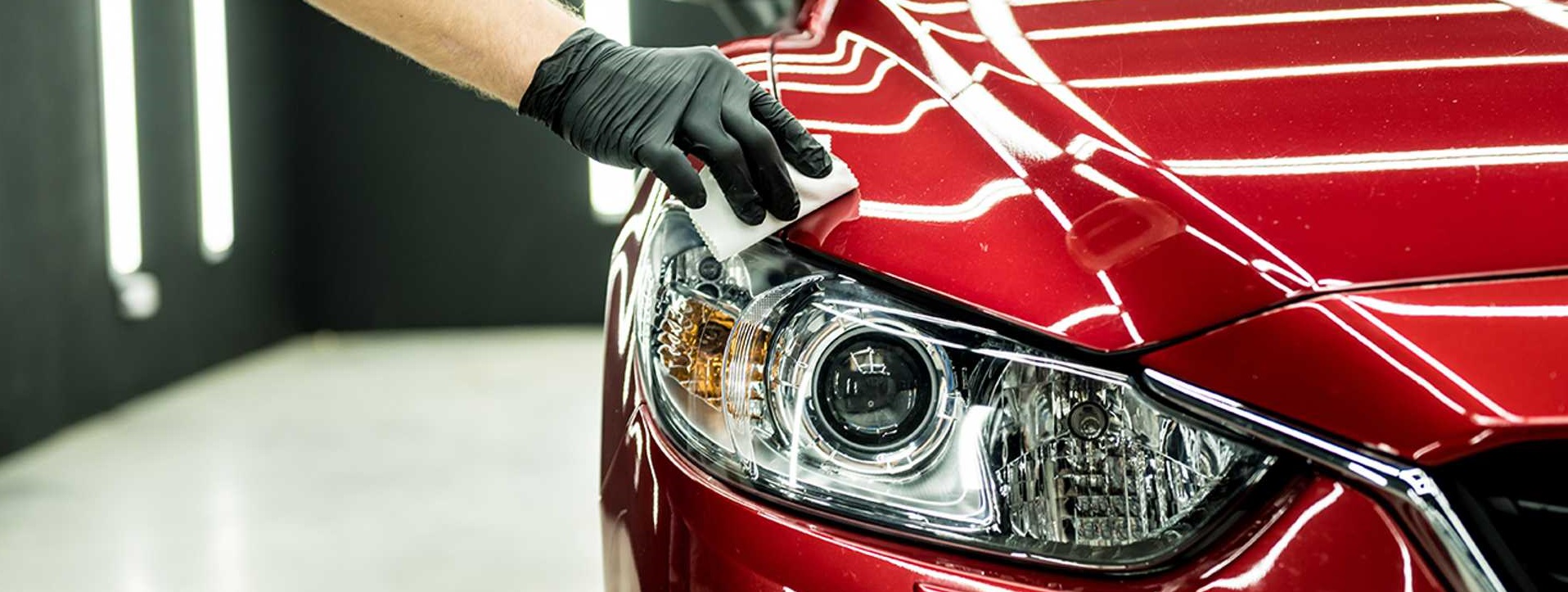Why Ceramic Finishing Is the Ultimate Remedy for a Remarkable Finish
Ceramic covering has emerged as a leading remedy for those looking for a remarkable coating for their vehicles, thanks to its impressive longevity and safety features. What elements truly set ceramic finish apart?
What Is Ceramic Coating?

When used properly, ceramic finishing develops a hydrophobic surface area that fends off water and dirt, making it much easier to preserve and clean. Unlike traditional waxes or sealants, which typically supply short-lived security, ceramic coatings can last for several years, depending upon the item top quality and application technique. The procedure of using ceramic layer calls for precise prep work, consisting of thorough cleaning and often repaint correction, to ensure optimum bonding and effectiveness.
Ceramic coatings are not limited to automotive surfaces; they can likewise be used on different materials, consisting of glass, metal, and plastics, supplying a flexible solution for boosting defense. In general, ceramic finishing represents a significant advancement in surface area protection innovation, incorporating both practical and aesthetic advantages for a variety of applications.
Advantages of Ceramic Layer
While several surface protection alternatives exist, the advantages of ceramic finish attract attention as a result of its special residential or commercial properties and lasting performance. Among the key advantages is its phenomenal resilience. Ceramic Coating Philadelphia. Unlike conventional wax or sealants that require constant reapplication, ceramic layers give a durable layer that can last for several years, considerably reducing maintenance efforts
Another notable benefit is boosted security versus ecological impurities. Ceramic finishes produce a hydrophobic surface area that pushes back water, dirt, and different contaminants, making it simpler to clean up. This feature not only protects the lorry's appearance yet likewise decreases the danger of rust and oxidation, specifically in rough climate conditions.
Furthermore, ceramic coverings use remarkable resistance to UV rays, stopping fading and degradation of paint gradually. This UV protection is vital for maintaining the visual worth of vehicles and surface areas exposed to route sunshine.
Furthermore, the shiny surface attained with ceramic finishing enhances the overall aesthetic allure, giving surface areas a showroom-quality shine. Overall, ceramic finishings represent a considerable innovation in surface security innovation, giving long-lasting benefits that accommodate both functional and aesthetic demands.
How It Works
Comprehending the science behind ceramic finishes reveals how they give such exceptional defense and durability. At its core, a ceramic coating is a liquid polymer that chemically bonds with the car's factory paint. This bonding develops a protective layer that is both hydrophobic and oleophobic, repelling water, dirt, and oil. The key part of many ceramic finishes is silicon dioxide (SiO2), which is stemmed from quartz. This substance contributes to the covering's solidity and resistance to scratches, UV rays, and ecological contaminants.
The application process involves multiple actions, consisting of surface area preparation, which is important to accomplishing optimum attachment. When applied, the covering undergoes a treating process, throughout which it solidifies and creates a semi-permanent bond with the paint surface. This bond is what distinguishes ceramic coatings from standard waxes and sealants, providing a longer-lasting safety obstacle that can endure for several years.
Moreover, the density of the coating can boost its safety qualities, guaranteeing that it can stand up to harsh conditions. Eventually, the science of ceramic finishings incorporates sophisticated materials with cutting-edge application techniques to supply an unrivaled level of protection and visual improvement for lorries.
Comparison With Traditional Methods
When contrasted to traditional paint security methods such as sealers and waxes,The advantages of ceramic finishes end up being especially noticeable. While waxes offer a short-term shine, typically lasting a few weeks to a couple of months, ceramic finishings supply a resilient protective layer that can endure for numerous years. This longevity dramatically decreases the frequency of reapplication, making ceramic finishes a much more economical service in time.
Additionally, typical techniques often require comprehensive preparation this contact form and numerous applications to attain a satisfying level of protection. In contrast, ceramic finishes bond at a molecular level with the car's surface, producing a durable shield against ecological contaminants like UV rays, acid rain, and roadway salts. This bond enhances the lorry's resistance to scratches and swirl marks, which prevail with conventional waxes and sealers.
Furthermore, the hydrophobic homes of ceramic layers push back water and dust, bring about easier cleaning and upkeep. On the other hand, wax and sealant-treated surface areas can draw in grime, necessitating more constant cleaning - Ceramic Coating Philadelphia. Overall, ceramic coatings not only offer remarkable security but likewise provide a more long-lasting and aesthetically enticing coating, establishing them as the recommended selection for critical automobile owners
Application and Maintenance Tips

Using a foam applicator, apply the finishing in tiny areas, following the manufacturer's standards regarding thickness and overlap. Permit adequate curing time in between coats, commonly 24 hours, to ensure proper bonding. After application, it is crucial to stay clear of direct exposure to water or rough elements for at least a week to enable the covering to totally treat.
Additionally, making use of a ceramic upkeep spray can enhance the finishing's hydrophobic homes and these details longevity. Normal inspections for any type of indicators of wear will certainly aid preserve the finishing's integrity and maintain that immaculate coating.
Verdict
Finally, ceramic layer becomes an exceptional alternative for achieving a perfect automotive finish. Its extraordinary longevity, protective qualities, and hydrophobic buildings considerably enhance the look at these guys automobile's appearance while streamlining upkeep initiatives. By developing a durable bond with manufacturing facility paint, ceramic finishing properly shields against scratches, UV rays, and ecological pollutants. With a lifespan prolonging several years, this sophisticated solution not only maintains however also boosts the general visual allure of vehicles, making it a cost-effective investment for automobile lovers.
